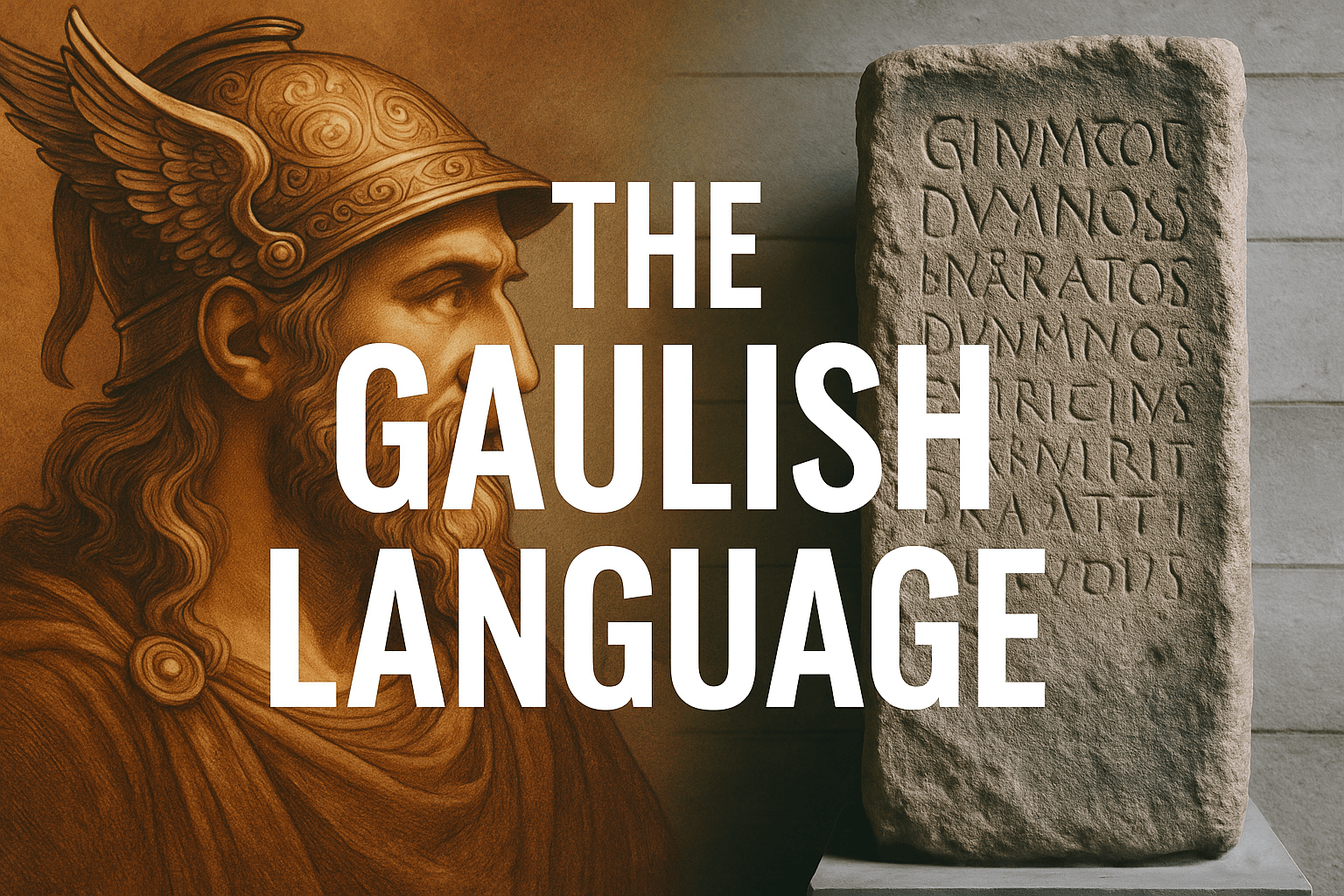The Gaulish language was once a thriving Celtic tongue spoken across large parts of Europe, particularly in what is now France and surrounding regions. As a key branch of the Celtic language family, Gaulish provides rich insights into the linguistic, cultural, and spiritual life of the ancient Gauls. Today, there is growing interest in understanding this long-extinct language, not only for academic study but for reconnecting with Celtic roots. In this article, we explore the history of the Gaulish language, its structure, legacy, and how it connects with modern efforts to preserve other Celtic languages like Irish.
Origins and Evolution of the Gaulish Language
The Gaulish language developed among the Celtic tribes of ancient Gaul, a region that included modern-day France, parts of Belgium, Switzerland, Northern Italy, and Western Germany. Gaulish belongs to the Continental Celtic branch, distinct from the Insular Celtic branch that includes Irish, Scottish Gaelic, and Welsh.
Key Historical Points:
- Geographic Spread: Gaulish was spoken widely across Western Europe before Roman conquest.
- Linguistic Roots: It shares a common Proto-Celtic ancestor with Irish and Welsh.
- Roman Influence: After the Roman conquest of Gaul (58–50 BC), Latin gradually replaced Gaulish as the dominant language.
- Decline and Extinction: By the 5th century AD, Gaulish had largely disappeared, leaving only traces in place names and Latin borrowings.
Was Gaulish a Romance Language?
Despite being spoken in areas now associated with Romance languages, Gaulish itself was not a Romance language. However, it significantly influenced the vocabulary and phonetics of local Latin, contributing to the development of Old French.
Characteristics and Dialects of the Gaulish Language
Studying Gaulish is challenging due to the limited number of inscriptions and texts that have survived. However, researchers have identified distinctive features of the language.
Vocabulary and Grammar Structure
- Vocabulary: Words like rix (king), dumnos (world), and bratos (judgement) offer a glimpse into Gaulish society and beliefs.
- Grammar: Gaulish had a complex system of inflection, with different endings for case, number, and gender.
Dialectal Variation
Just like modern Irish has distinct dialects in Ulster, Munster, and Connacht, Gaulish likely had regional dialects too. Variations existed between Cisalpine Gaul (Northern Italy) and Transalpine Gaul (modern France), affecting pronunciation and vocabulary.
The Modern Revival Efforts and Challenges in Studying the Gaulish Language
Reviving a dead language is no easy task, but interest in Gaulish language revival has gained momentum, especially among Celtic heritage communities.
Current Initiatives
- Online Courses and Resources: Websites and YouTube channels dedicated to teaching reconstructed Gaulish grammar and vocabulary.
- Reconstructed Texts: Attempts to translate modern concepts and phrases into Gaulish, using reconstructed lexicons.
- Community Support: Forums and social media groups for language learners and enthusiasts.
Challenges
- Limited Source Material: With only a few hundred inscriptions, much of the grammar and vocabulary must be reconstructed.
- Pronunciation Ambiguity: Since Gaulish died before the age of audio recording, pronunciation is based on scholarly inference.
Comparative Study: The Relationship Between Gaelic and Other Celtic Languages
Although separated by geography and history, Gaulish and Irish Gaelic share deep structural and lexical roots.
Similarities
- Common Ancestry: Both descend from Proto-Celtic.
- Shared Vocabulary: Words related to kingship, the supernatural, and nature often bear resemblance.
- Cultural Parallels: Both cultures revered oral tradition, poetry, and spiritual leaders like druids.
Differences
- Insular vs. Continental: Irish evolved on the periphery of Roman influence, preserving more archaic Celtic features.
- Script: Gaulish used Greek and Latin alphabets, while Irish developed the unique Ogham script, which you can learn more about in our Ogham Script Alphabet Guide.
Why the Gaulish Language Still Matters
Studying the Gaulish language deepens our understanding of Europe’s pre-Roman cultures and enhances our appreciation for modern Celtic languages. It reveals:
- The diversity and reach of the Celtic world.
- Historical connections between ancient tribes.
- The importance of language in shaping identity.
Preserving and learning Celtic languages like Irish is not only about communication; it’s about connecting to a deeper cultural and historical legacy.
Conclusion
The Gaulish language may be classified as extinct, but its echoes live on in place names, cultural memory, and linguistic study. Its close relationship to Irish Gaelic and other Celtic tongues underscores the importance of language preservation as a form of heritage conservation. If you’re fascinated by ancient languages and want to reconnect with your Celtic roots, learning Irish is a great place to start.
At Gaeilgeoir AI, we combine tradition with technology to help you learn the Irish language meaningfully. From AI-powered flashcards to pronunciation tools and mythological vocabulary, our platform offers everything you need to start your journey. Join us today and explore how living Celtic languages can help you unlock the mysteries of those that came before.


